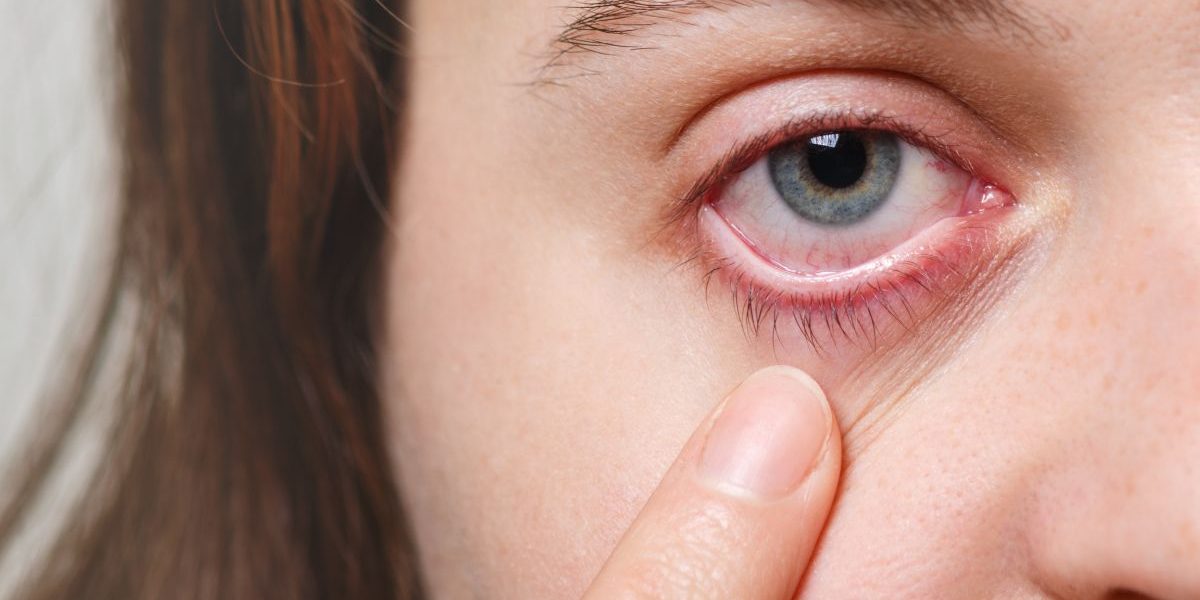When it comes to diabetes, prevention, control, and constant monitoring are elements that play at the forefront if you want to avoid irreversible damage and complications: in fact, let’s see what can happen to the eyes and retina.
Retinopathy caused by diabetes
People who have to live with diabetes every day are about 5% of the Italian population.
Part of these people also has to deal with disorders and pathologies associated with diabetes, such as diabetic retinopathy (RD – Social Manifesto ), a disease that affects the eyes and which is also one of the main causes of low vision and even more serious, such as diabetic maculopathy or even blindness.
Every year, the Camo, Centro Ambrosiano Ophthalmico, in conjunction with World Sight Day, which falls in the month of October, warns about the risk to the eyes that a disease such as diabetes can cause, especially after many years and in the absence of periodic and regular monitoring.
The main cause of diabetic retinopathy is, in fact, connected to poorly controlled diabetes, which, over time, leads to the development of alterations in the state of small blood vessels.
The SID-AMD guidelines, reported at the bottom of this page (Italian Society of Diabetology – Association of Diabetologists), recommend an ocular screening every two years if retinopathy is absent at the last checkup. Obviously, the prevention and treatment of diabetes, the first move to play, always starts with nutrition.
Diabetes and the eyes
Diabetes is a disease that should not be underestimated, which can lead to the development of pathologies and dysfunctions of various organs if not properly treated. The result of what, in the long run, the eyes of diabetic people can suffer is that of damage accumulated over the long term to the retina’s small blood vessels.
The positive thing is that, as communicated by the IAPB (International Agency for the Prevention of Blindness or the Italian section of the International Agency for the Prevention of Blindness), retinal damage associated with diabetes is generally avoidable.
For this reason, it is important to monitor the patient at 360°, i.e., periodically checking blood sugar levels and glycemia, but also monitoring the state of the fundus, performing, if necessary, also specific tests such as retinography, fluorescein angiography, and OCT.
Diabetes and vision care centers
There is no doubt about the importance of relying on the care of a specialist, a diabetologist and ophthalmologist, or a center that can guarantee effective and effective help with this type of problem.
Here follows a series of Italian associations, organizations, and reference centers that can be useful to you and that promote vision care in parallel with diabetes monitoring.
Also Read : Fatty liver or Enlarged Liver? Here Are The Remedies

